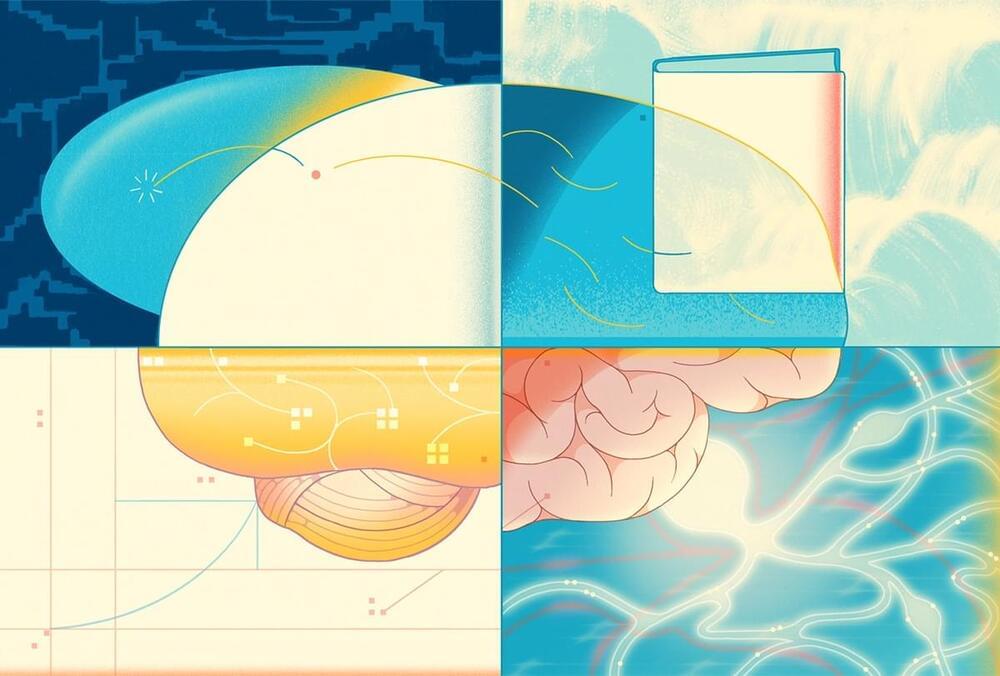A new study finds that mitochondria in our brain cells frequently fling their DNA into the cells’ nucleus, where the mitochondrial DNA integrates into chromosomes, possibly causing harm.
Category: neuroscience – Page 213
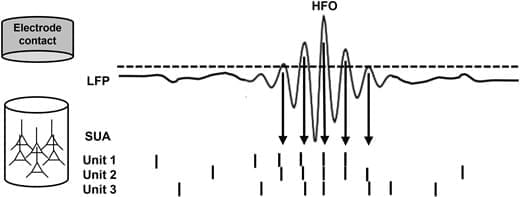
High frequency oscillations in human memory and cognition: a neurophysiological substrate of engrams?
The results published by Tong et al. 60 reconcile the previous observations that increased power across a broad range of frequencies is composed of multiple HFO bursts detected at discrete frequencies. 32, 33, 85 In Figs 2 and 3, we summarize the general mechanism from micro-scale ensembles of firing neurons, through bursts of individual HFOs detected in particular trials at specific frequencies, to the resultant trial-averaged enhanced power across a broad frequency range. Coordinated firing in response to a stimulus presentation gives rise to HFOs at particular frequencies depending on the size and spread of the underlying neural ensemble (Fig. 3A and C). Other ensembles generate HFOs at particular frequencies in response to stimuli in subsequent trials. Eventually, multiple trials result in a uniform shift in power across a broad frequency range of the spectrum relative to a pre-stimulus baseline (Fig. 3C). Detections from specific trials can be displayed together as points at their corresponding peak-amplitude on a cumulative time-frequency plot, producing a pattern closely overlapping with the trial-averaged power spectrogram (Fig. 3D).
This is an explanation for the resultant broadband shift in power across the high-frequency spectrum associated with cognitive and motor tasks and increased neural firing, 92–95 which argued against oscillations at particular frequency bands. If the intermediate step of detecting individual bursts of oscillations on a trial-by-trial basis is skipped, the overall trial-averaged power will be most highly correlated with general firing rates in the entire neural population without any common temporal pattern or coordination to oscillations. If, however, independent constituent bursts of oscillations and the underlying firing in subsets of neural ensembles are first resolved one by one, then multiple patterns of coordinated activity emerge. In this large-scale mechanism, coordinated electrical activity from multiple neural sources generating oscillations at distinct frequencies could explain the broadband shifts in power across the spectrum. 24 Separate sources of HFO bursts detected at various frequencies remain to be demonstrated on the macro-and micro-recording scales.
Assuming that individual HFOs can indeed be separated based on their spectral features 96–98 and thus identify particular sources of LFP activities, it should be possible to resolve the neurophysiological substrates of memory and cognition proposed in our title question. High frequency LFP activities were suggested to track particular neuronal assemblies on the level of micro-contact LFP in rodents. 91 Intracranial recordings in non-human primates 86, 87 and in human patients 22, 32, 85 can also resolve distinct bursts in the frequency-time space of individual trials, which could hypothetically be the features of particular neuronal assemblies. 24 HFO bursts beyond the ripple frequency range, which were shown to be generated very locally on the scale of a single cortical column, 64 would correspond to arguably the fundamental level of neural organization and information processing. 99 In the next section, we will review the roles of temporal coordination in gamma and higher frequencies in supporting processes of memory and cognition.
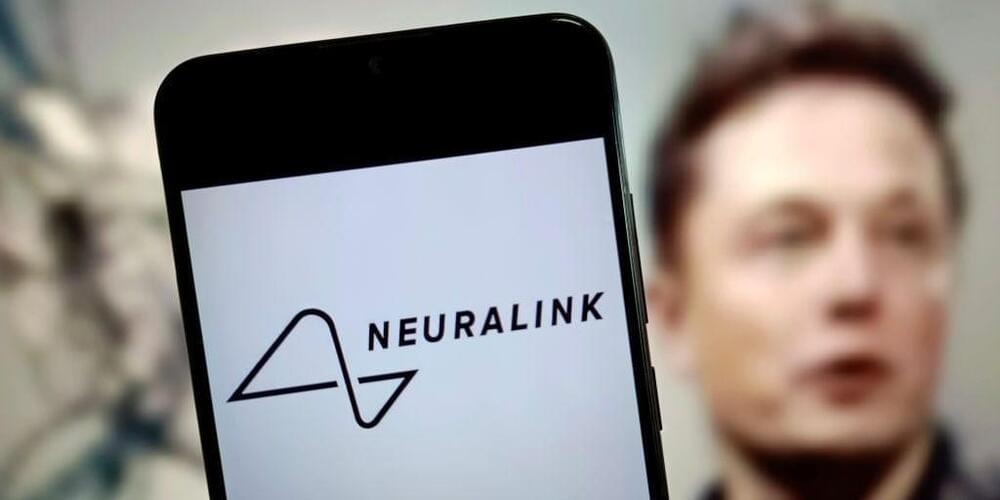
Neuralink’s first patient says he’s named his brain-implant device and is using it to learn French and Japanese
Neuralink’s first patient says he’s given his brain-chip implant a name seven months after it was surgically implanted.
Noland Arbaugh, who is quadriplegic and became the first person to get the computer-controlling implant developed by Elon Musk’s brain-interface company, said Wednesday that he had named the device “Eve” and was working with it to improve himself in different ways.


Can Better Biotech Finally Replace Lab Animals?
We have to do this ❤️
Replacing research animals with tools that better mimic human biology could improve medicine.
By Rachel Nuwer
When it came time for Itzy Morales Pantoja to start her Ph.D. in cellular and molecular medicine, she chose a laboratory that used stem cells—not only animals—for its research. Morales Pantoja had just spent two years studying multiple sclerosis in mouse models. As an undergraduate, she’d been responsible for giving the animals painful injections to induce the disease and then observing as they lost their ability to move. She did her best to treat the mice gently, but she knew they were suffering. “As soon as I got close to them, they’d start peeing—a sign of stress,” she says. “They knew what was coming.”
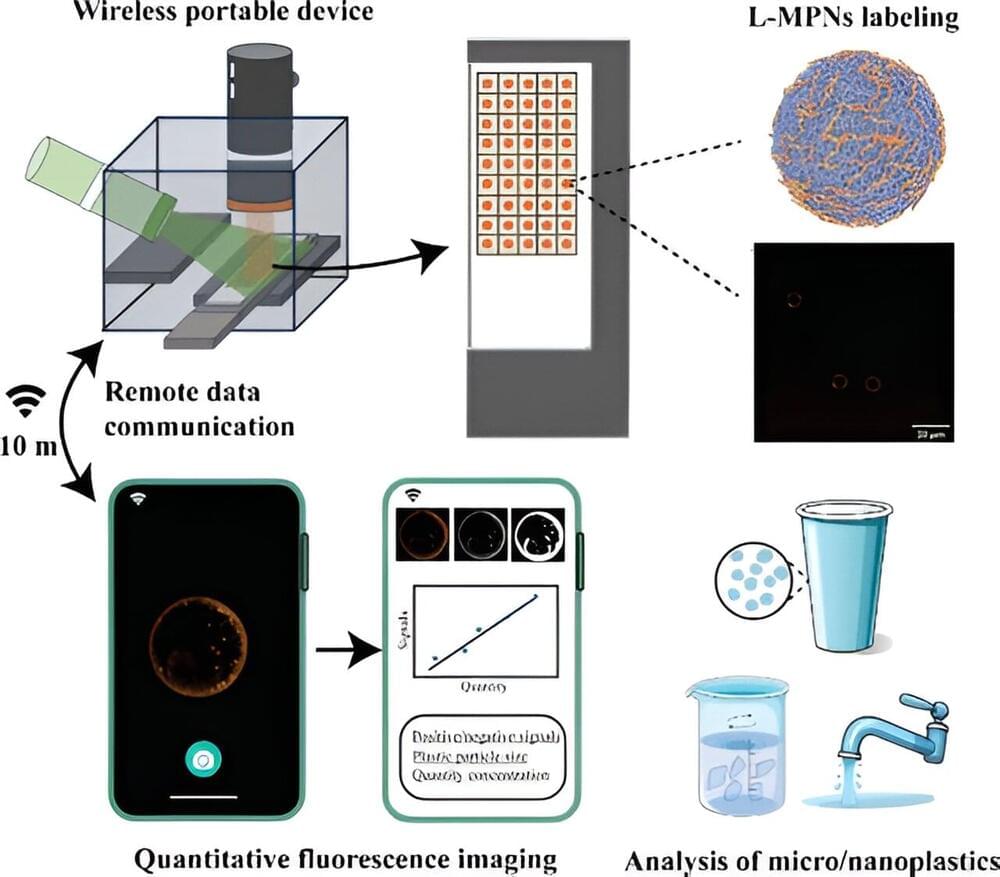
How much microplastic are you drinking? New tool can tell you in minutes
Micro-and nanoplastics are in our food, water and the air we breathe. They are showing up in our bodies, from testicles to brain matter. Now, University of British Columbia researchers have developed a low-cost, portable tool to accurately measure plastic released from everyday sources like disposable cups and water bottles.
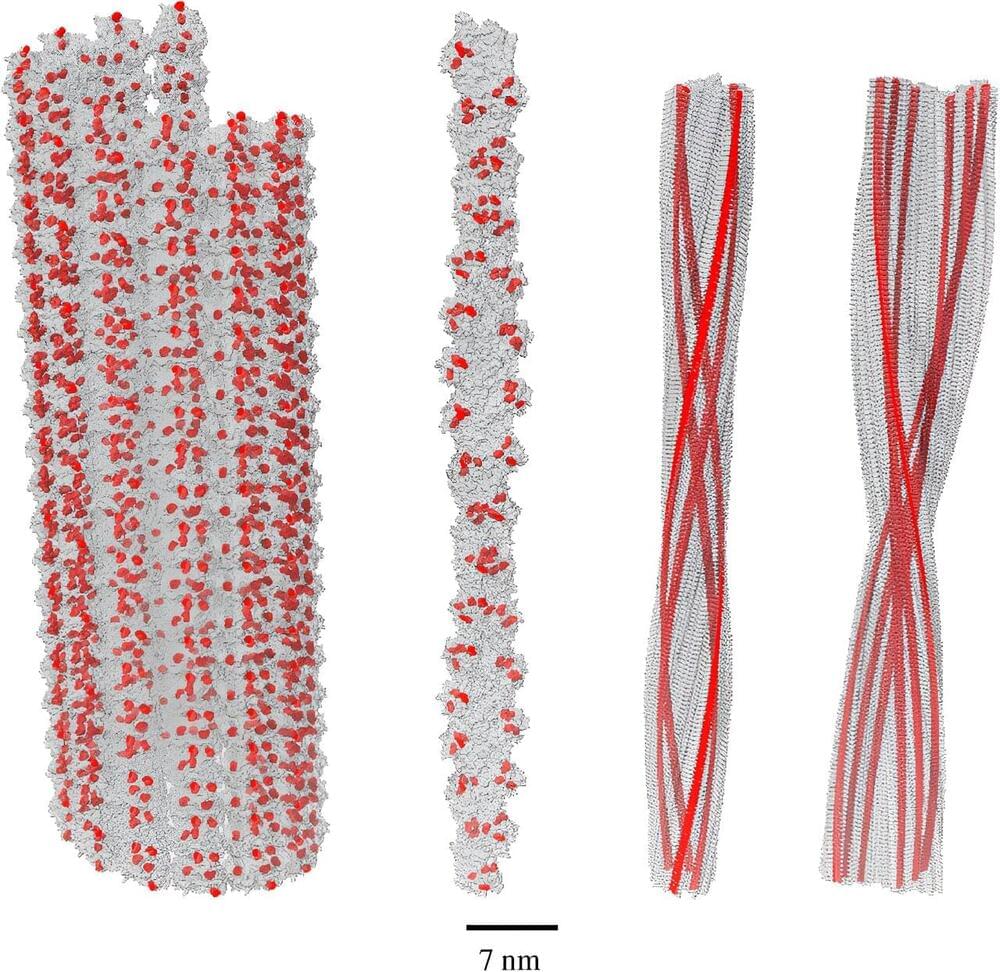

Collaborative research cracks the autism code, making the neurodivergent brain visible
A multi-university research team co-led by University of Virginia engineering professor Gustavo K. Rohde has developed a system that can spot genetic markers of autism in brain images with 89 to 95% accuracy.
Their findings suggest that doctors may one day see, classify and treat autism and related neurological conditions with this method, without having to rely on or wait for behavioral cues. And that means this truly personalized medicine could result in earlier interventions.
“Autism is traditionally diagnosed behaviorally but has a strong genetic basis. A genetics-first approach could transform understanding and treatment of autism,” the researchers wrote in a paper published in the journal Science Advances.
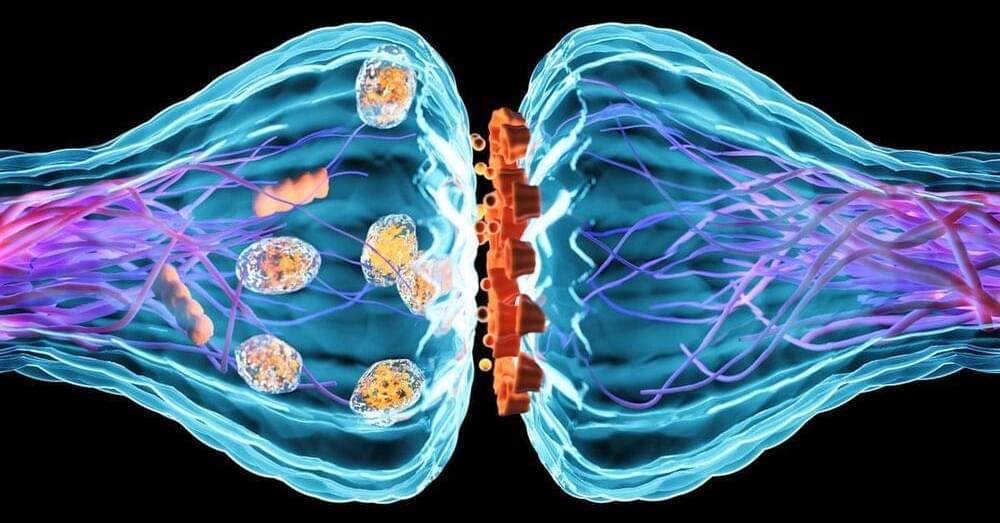
Brain Scientists Finally Discover the Glue that Makes Memories Stick for a Lifetime
A long-running research endeavor reveals key chemical players that cement memories in place—and still more have yet to be discovered.
By Simon Makin
The persistence of memory is crucial to our sense of identity, and without it, there would be no learning, for us or any other animal. It’s little wonder, then, that some researchers have called how the brain stores memories the most fundamental question in neuroscience.
